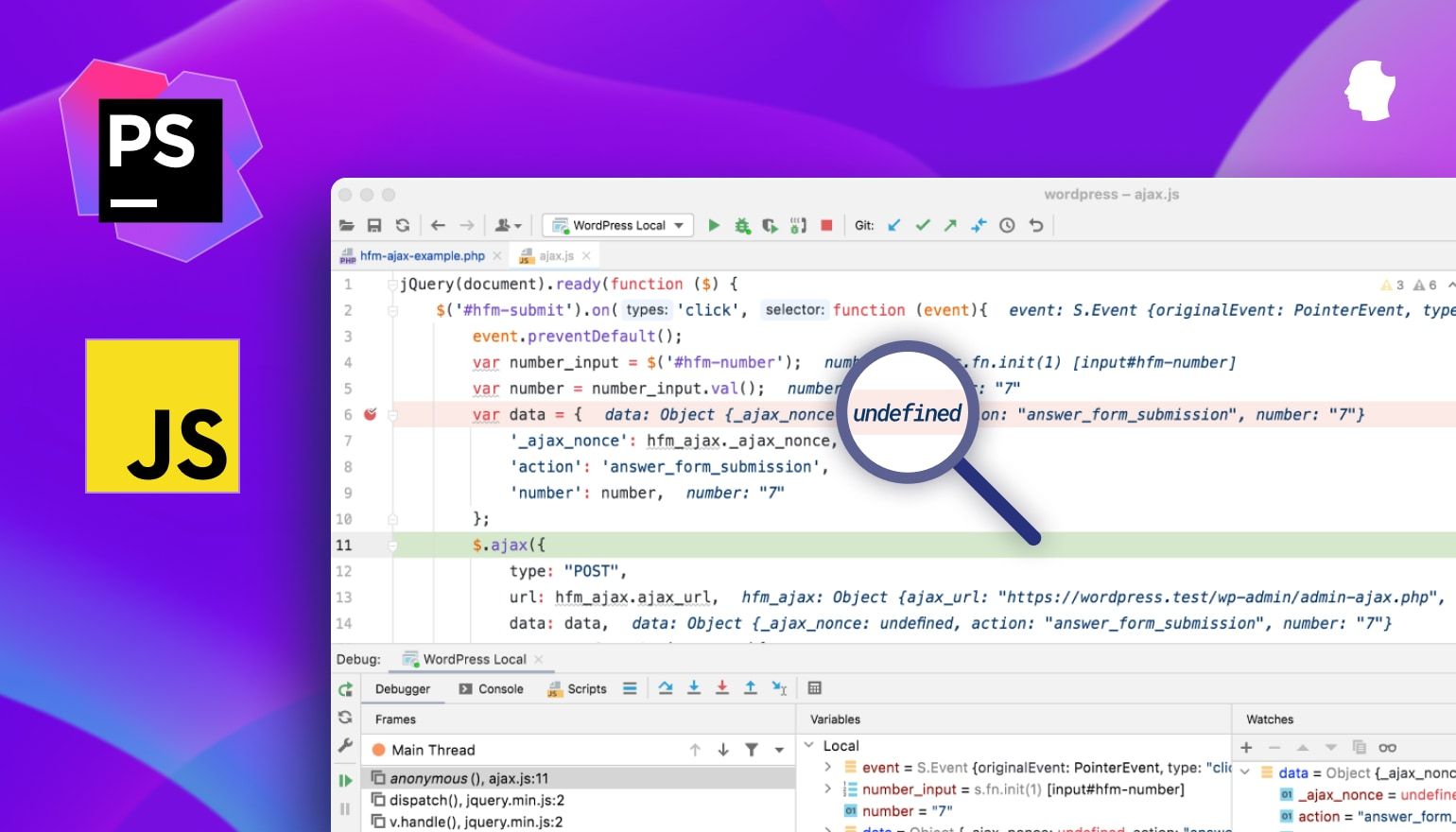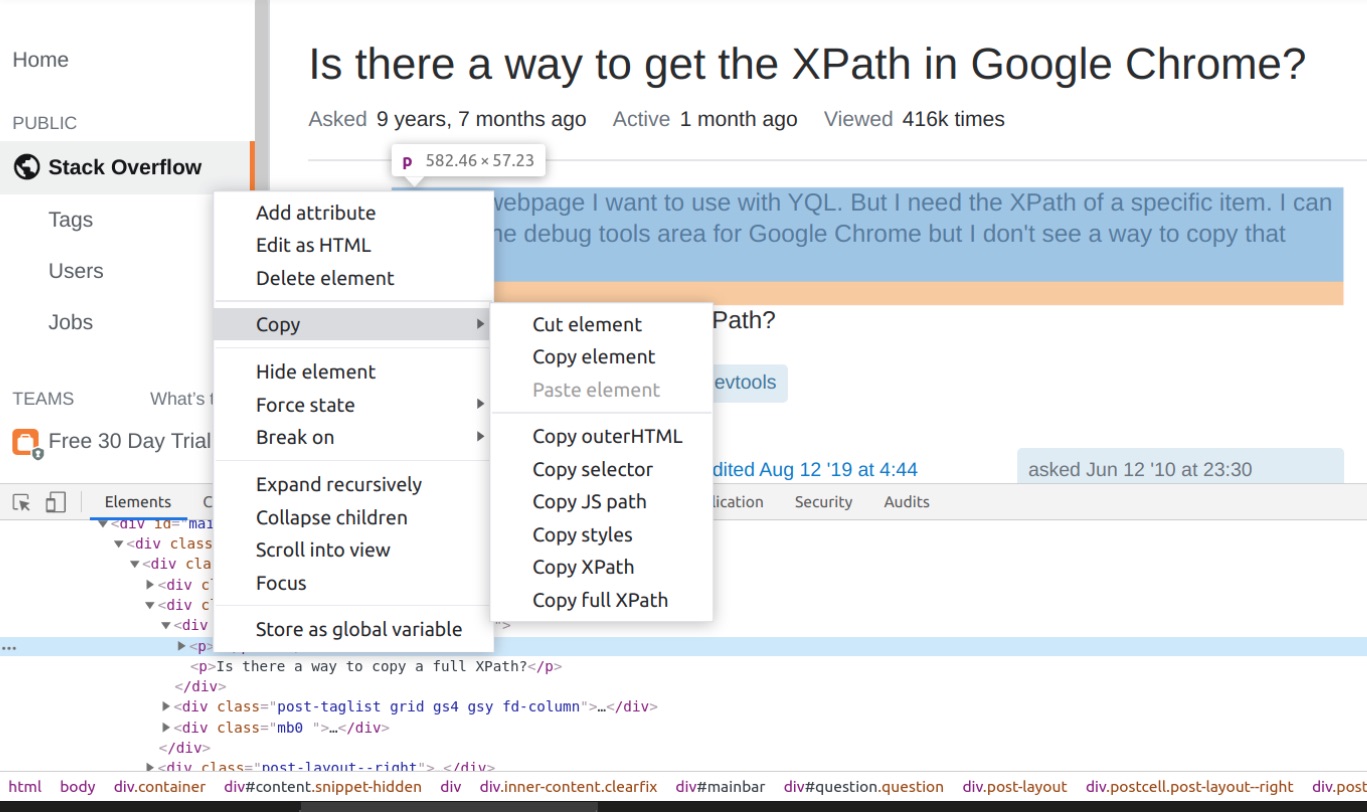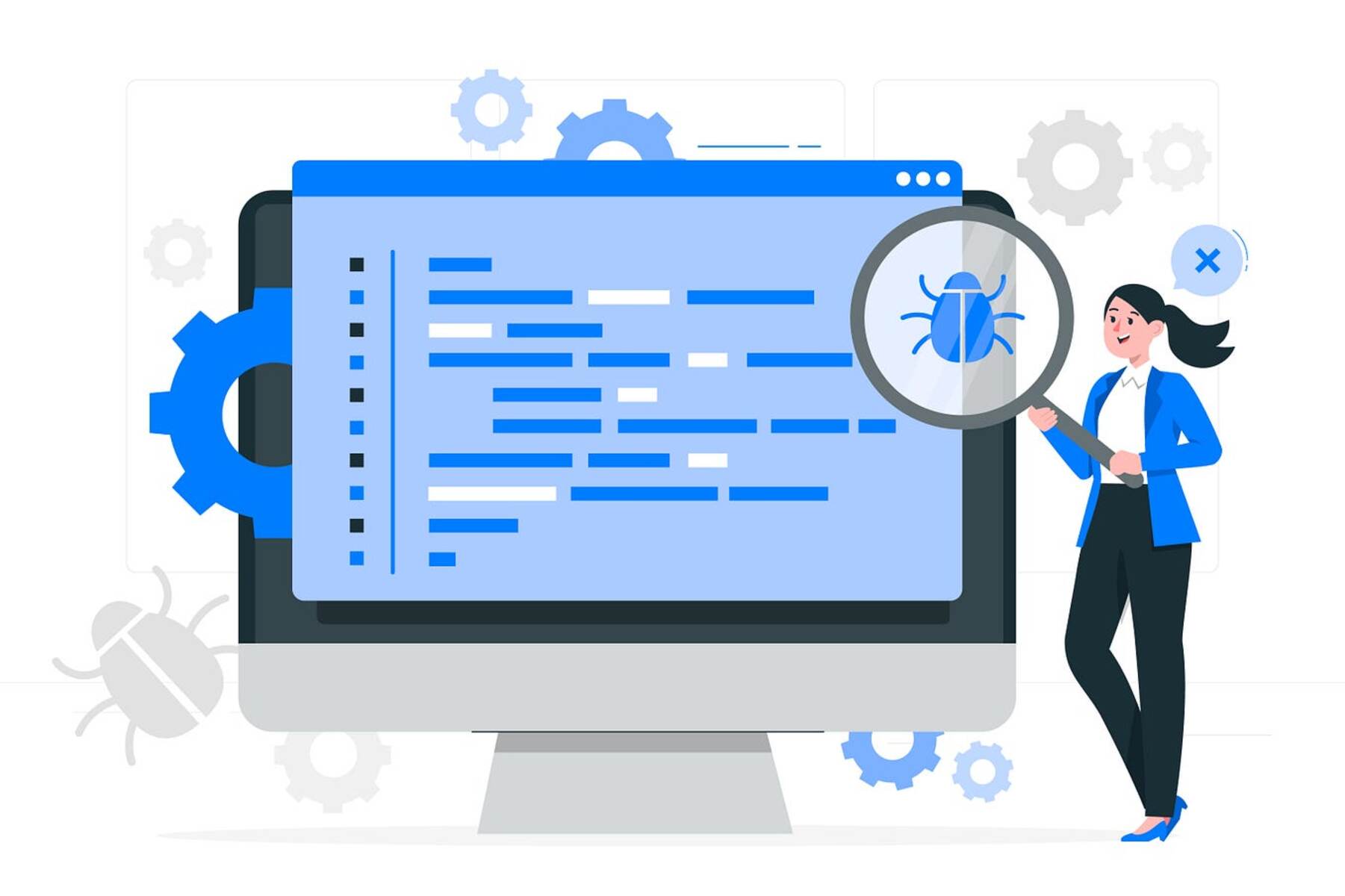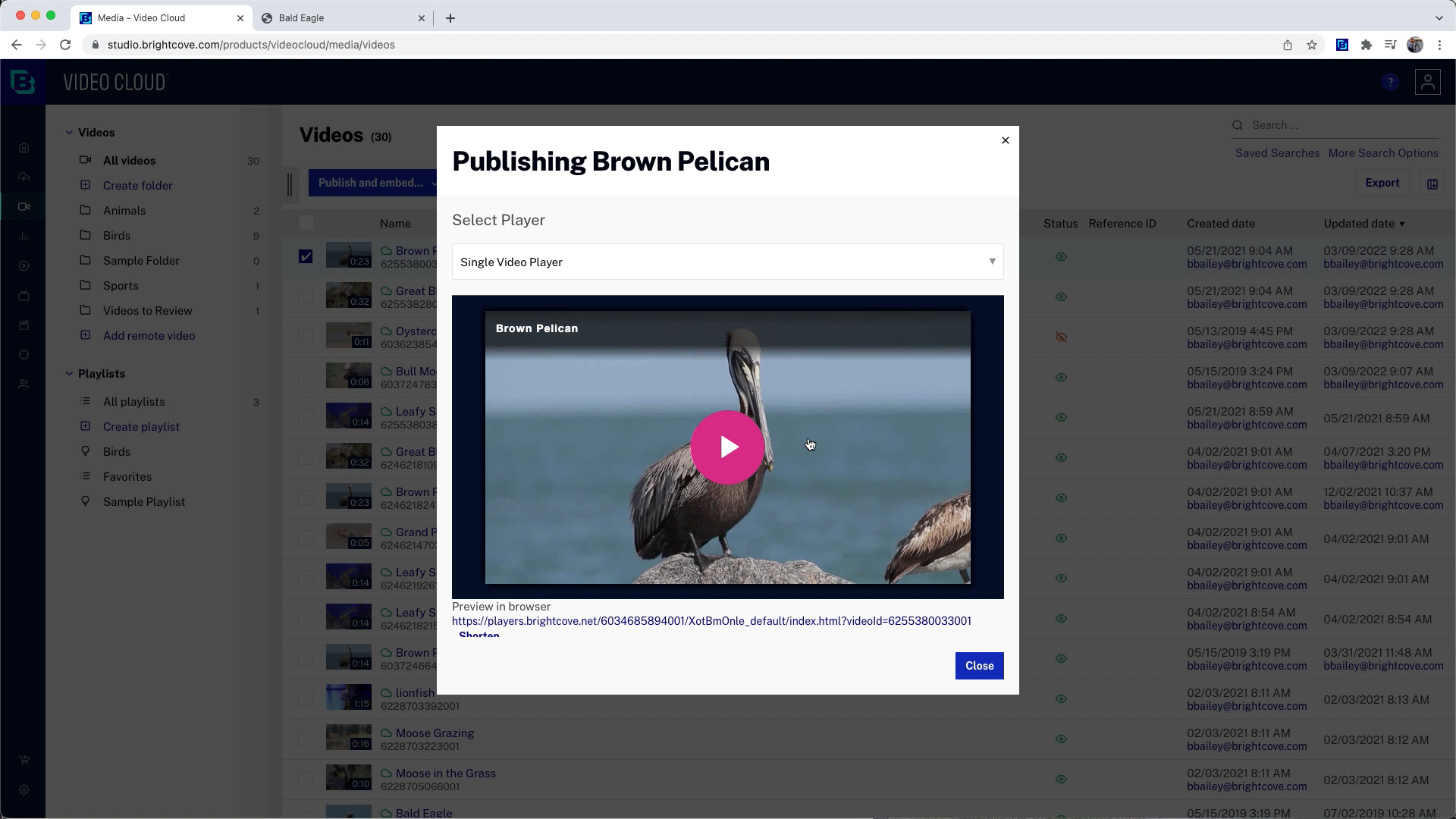Introduction
In the realm of web browsing, Google Chrome stands out as a popular choice for its speed, versatility, and user-friendly interface. However, as with any complex software, it relies on various components to function seamlessly. One such component that often piques the curiosity of users is Chrome Helper.
Chrome Helper is a crucial behind-the-scenes entity that plays a significant role in the browsing experience. It operates discreetly, yet its impact is far-reaching, influencing the performance and functionality of the Chrome browser. Understanding the nature and purpose of Chrome Helper can shed light on its importance and demystify its presence within the browser's ecosystem.
As we delve into the intricacies of Chrome Helper, we will uncover its fundamental functions, explore the reasons for its existence, and gain insights into how it operates within the Chrome browser. Furthermore, we will discuss effective methods for managing Chrome Helper to optimize the browsing experience. By unraveling the mysteries surrounding Chrome Helper, users can harness a deeper understanding of this integral component and leverage this knowledge to enhance their browsing endeavors.
What is Chrome Helper?
Chrome Helper is a specialized component integrated within the Google Chrome browser, designed to facilitate the execution of various tasks to enhance the browsing experience. It operates as a multi-faceted entity, encompassing a range of functionalities that contribute to the seamless functioning of the browser. Essentially, Chrome Helper acts as a liaison between the browser and external content, enabling the handling of diverse web elements such as multimedia, plugins, and extensions.
One of the primary roles of Chrome Helper is to manage plugins and extensions that augment the browser's capabilities. This includes handling tasks related to multimedia content, such as playing audio and video files embedded within web pages. Additionally, Chrome Helper is responsible for executing JavaScript and managing interactions with external web services, thereby ensuring the smooth execution of web-based applications.
Furthermore, Chrome Helper plays a pivotal role in handling interactions with third-party plugins, such as Adobe Flash and Silverlight, by coordinating their integration with the browser. This functionality is crucial for rendering interactive and multimedia-rich content seamlessly, thereby enriching the user's browsing experience.
Moreover, Chrome Helper is instrumental in managing the communication between the browser and external resources, such as web servers and databases. This includes handling requests for data retrieval, processing user inputs, and managing the transfer of information between the browser and external sources.
In essence, Chrome Helper serves as a versatile and indispensable component that empowers the Chrome browser to handle a diverse array of web content and interactions. Its multifaceted nature underscores its significance in ensuring the smooth execution of web-based tasks, thereby enriching the overall browsing experience for users.
By comprehending the pivotal role played by Chrome Helper, users can gain a deeper appreciation for its significance within the browser's framework. This understanding lays the groundwork for effectively managing and optimizing Chrome Helper to harness its full potential in enhancing the browsing experience.
Why does Chrome Helper exist?
Chrome Helper exists to fulfill a crucial role in the intricate web browsing landscape, catering to the diverse needs of users and the dynamic nature of web content. Its existence is rooted in the necessity to seamlessly handle a myriad of tasks and interactions that form the backbone of the browsing experience.
One of the primary reasons for the existence of Chrome Helper is to enable the efficient management of plugins and extensions within the Chrome browser. As the web ecosystem continues to evolve, the integration of various plugins and extensions has become integral to enhancing the functionality and versatility of web browsers. Chrome Helper serves as the linchpin in this process, facilitating the seamless execution of multimedia content, JavaScript, and interactions with third-party plugins. By managing these elements, Chrome Helper ensures that users can access and interact with a wide range of web content without encountering compatibility issues or performance bottlenecks.
Furthermore, the advent of web-based applications and services has underscored the need for a robust mechanism to handle complex interactions with external web resources. Chrome Helper steps in to bridge this gap, effectively managing the communication between the browser and external entities such as web servers and databases. This includes handling data retrieval, processing user inputs, and facilitating the exchange of information, thereby enabling the smooth execution of web-based tasks.
Moreover, the presence of Chrome Helper is essential for optimizing the performance and stability of the Chrome browser when dealing with resource-intensive tasks. By offloading certain operations to Chrome Helper, the browser can maintain responsiveness and stability, even when handling demanding multimedia content and complex web applications. This proactive approach to resource management ensures that users can enjoy a seamless browsing experience without encountering performance degradation or system instability.
In essence, Chrome Helper exists as a versatile and indispensable component within the Chrome browser, catering to the evolving demands of modern web browsing. Its presence is a testament to Google's commitment to delivering a robust and user-centric browsing experience, underpinned by efficient resource management and seamless execution of diverse web content and interactions. Understanding the underlying reasons for Chrome Helper's existence empowers users to appreciate its pivotal role and leverage its capabilities to optimize their browsing endeavors.
How does Chrome Helper work?
Chrome Helper operates as a versatile and dynamic entity within the Chrome browser, orchestrating a myriad of tasks and interactions to ensure the seamless execution of diverse web content. Its functionality encompasses a range of pivotal roles that collectively contribute to the smooth functioning of the browser and the optimal delivery of web-based experiences.
One of the fundamental aspects of Chrome Helper's operation is its management of plugins and extensions integrated within the browser. This includes handling tasks related to multimedia content, such as playing audio and video files embedded within web pages. By efficiently managing these elements, Chrome Helper enables users to access and interact with multimedia-rich content seamlessly, without encountering compatibility issues or performance constraints.
Moreover, Chrome Helper plays a pivotal role in executing JavaScript and managing interactions with third-party plugins, such as Adobe Flash and Silverlight. This functionality is essential for rendering interactive and multimedia-rich content seamlessly, thereby enriching the user's browsing experience. By coordinating the integration of these plugins, Chrome Helper ensures that users can leverage the full spectrum of web content and interactions without impediments.
Additionally, Chrome Helper serves as a conduit for managing the communication between the browser and external resources, such as web servers and databases. This involves handling requests for data retrieval, processing user inputs, and facilitating the exchange of information between the browser and external sources. By effectively managing these interactions, Chrome Helper contributes to the efficient execution of web-based tasks and the seamless delivery of web content.
Furthermore, Chrome Helper plays a pivotal role in optimizing the performance and stability of the Chrome browser when dealing with resource-intensive tasks. By offloading certain operations to Chrome Helper, the browser can maintain responsiveness and stability, even when handling demanding multimedia content and complex web applications. This proactive approach to resource management ensures that users can enjoy a seamless browsing experience without encountering performance degradation or system instability.
In essence, Chrome Helper works tirelessly behind the scenes, leveraging its multifaceted capabilities to ensure the smooth execution of web content and interactions within the Chrome browser. Its seamless orchestration of diverse tasks underscores its pivotal role in enhancing the browsing experience and empowering users to engage with web-based content effortlessly. Understanding the inner workings of Chrome Helper provides users with valuable insights into its operational prowess and underscores its significance in optimizing the browsing experience.
How to manage Chrome Helper?
Managing Chrome Helper involves implementing effective strategies to optimize its performance and mitigate potential issues that may impact the browsing experience. By proactively managing Chrome Helper, users can ensure that it operates seamlessly, enhances the browser's performance, and minimizes resource consumption. Here are several actionable approaches to effectively manage Chrome Helper:
-
Identify Resource-Intensive Processes: Begin by identifying resource-intensive processes associated with Chrome Helper. This can be accomplished by accessing the Chrome Task Manager, which provides insights into the resource utilization of individual processes, including Chrome Helper. By pinpointing processes that consume excessive CPU or memory, users can gain visibility into potential performance bottlenecks and take remedial action.
-
Update Chrome and Extensions: Keeping the Chrome browser and its extensions up to date is crucial for optimizing Chrome Helper's performance. Regular updates often include bug fixes, performance enhancements, and security patches that can positively impact Chrome Helper's functionality. By ensuring that the browser and its extensions are updated to the latest versions, users can leverage improved performance and stability.
-
Manage Extensions and Plugins: Evaluate the installed extensions and plugins to identify any that may be causing undue strain on Chrome Helper. Consider disabling or removing unnecessary or outdated extensions and plugins to alleviate the burden on Chrome Helper. This streamlined approach can contribute to improved resource management and a more responsive browsing experience.
-
Utilize Chrome's Built-in Tools: Chrome offers built-in tools that empower users to manage and optimize Chrome Helper. For instance, the Chrome Task Manager provides a comprehensive overview of all browser processes, allowing users to monitor resource consumption and terminate specific processes if necessary. Additionally, Chrome's settings menu includes options to manage individual extensions and plugins, providing granular control over their behavior.
-
Monitor System Resources: Keep an eye on system resources, such as CPU and memory usage, while browsing with Chrome. This can be accomplished using the operating system's built-in resource monitoring tools or third-party applications. By monitoring resource utilization, users can identify any anomalies or excessive consumption attributed to Chrome Helper and take appropriate measures to address them.
-
Consider Alternative Browsing Solutions: In cases where Chrome Helper consistently poses performance challenges despite optimization efforts, users may consider exploring alternative browsers. While Chrome is renowned for its versatility and feature-rich environment, alternative browsers may offer a different resource management approach that aligns with specific user preferences and system configurations.
By implementing these proactive measures, users can effectively manage Chrome Helper to optimize its performance, mitigate potential issues, and enhance the overall browsing experience. Embracing a proactive approach to Chrome Helper management empowers users to leverage the full potential of the Chrome browser while ensuring a seamless and responsive browsing environment.
Conclusion
In conclusion, Chrome Helper stands as a pivotal component within the intricate framework of the Google Chrome browser, orchestrating a myriad of tasks and interactions to ensure the seamless execution of diverse web content. Its multifaceted nature, encompassing the management of plugins, extensions, multimedia content, and interactions with external resources, underscores its significance in enhancing the browsing experience for users.
By unraveling the mysteries surrounding Chrome Helper, users can gain a deeper understanding of its pivotal role and the mechanisms through which it enriches the browsing experience. The existence of Chrome Helper is rooted in the evolving landscape of web content and interactions, necessitating a robust mechanism to seamlessly handle the diverse demands of modern web browsing.
Understanding the inner workings of Chrome Helper empowers users to appreciate its operational prowess and leverage its capabilities to optimize their browsing endeavors. By proactively managing Chrome Helper through effective strategies such as identifying resource-intensive processes, updating Chrome and its extensions, and monitoring system resources, users can ensure that it operates seamlessly, enhances the browser's performance, and minimizes resource consumption.
Ultimately, Chrome Helper embodies Google's commitment to delivering a robust and user-centric browsing experience, underpinned by efficient resource management and seamless execution of diverse web content and interactions. Its presence within the Chrome browser serves as a testament to Google's dedication to empowering users with a versatile and dynamic browsing environment.
As users continue to navigate the ever-expanding landscape of web-based content and interactions, Chrome Helper remains a steadfast ally, working tirelessly behind the scenes to ensure a seamless and responsive browsing experience. Embracing a proactive approach to Chrome Helper management enables users to harness the full potential of the Chrome browser, leveraging its capabilities to engage with web-based content effortlessly.
In essence, Chrome Helper embodies the synergy between technological innovation and user-centric design, enriching the browsing experience and empowering users to explore the boundless realms of the web with unparalleled ease and efficiency.

























